- Crazy Pablo
- Posts
- Saved by His Own Hand: Fujita Who Drew Cats
Saved by His Own Hand: Fujita Who Drew Cats
We’ve seen how Foujita painted war. But what did he turn to after the noise?Cats.Not just as animals—but as symbols of calm, softness, and maybe even survival. After the chaos, Foujita found a different kind of power: one that didn’t shout or demand, but simply was. His cats aren’t just pretty—they’re healing.
First time reading? Sign up here.
Cat (1939)
A soft study, drawn with delicate lines and washed in gentle tones. This cat isn’t posed—it’s just being.
Chats (1932)
Multiple cats, playful yet composed. Foujita layers them gently, their forms overlapping but never clashing. It’s a scene full of life—but the kind that soothes, not overwhelms.
Chats (1963)
Painted decades later, this is richer, warmer. The brushstrokes more confident, the colors deeper.
Listen to the story here | Fun FactOne of Japan’s most beloved folktales is The Boy Who Drew Cats, first written down by Lafcadio Hearn in the late 19th century. It tells of a boy, too weak for farm work and too restless for temple studies, who could only focus on drawing cats—everywhere. Banished for his obsession, he finds shelter in an abandoned temple. That night, a monster attacks—but the cats he drew come to life and destroy it. The story is full of Zen-Buddhist ideas: that art holds spirit, that intuition matters more than rules, and that finding your own path—no matter how strange—is sometimes what saves you. Foujita didn’t face combat directly, but he saw war’s aftermath. He didn’t stop painting cats, even during dark times. And after the war, they became his refuge, maybe even his protectors. |
Think About It 🤔
Foujita didn’t paint on the battlefield, but the war stayed with him. Maybe the monsters he faced weren’t out there—they were inside. In Japan, they say art holds power. After the war, his cats became more than subjects—they were protection, a way back to peace.
And maybe that’s why we still love watching cats—over and over. On YouTube, in paintings. Softness, in a world that isn’t.
How does it relate to the here and now? or What to say during casual conversation to show off your art knowledge?
What Comes After? – “Foujita’s cats made me wonder where art goes after a culture has seen too much pain. Maybe it doesn’t search for meaning right away. Maybe it turns to the simple, the soft, the quiet—because after a certain point, people don’t want more tragedy. They want something that reminds them life can still be gentle and funny.”
Now have another Look!
And If You’re Up for More…
Wander through a world of feline art at Amsterdam’s KattenKabinet. This charming museum, set in a 17th-century canal house, is entirely dedicated to cats in art—from Rembrandt and Picasso to modern interpretations. Elegant, quirky, and full of whiskers.
Visit Torre Argentina Cat Sanctuary in Rome, where ancient ruins are shared with dozens of rescued cats. History meets fluff, in the heart of the Eternal City.
Art has always been a way to step outside of time—even for just a moment. And sometimes, that moment has whiskers. What’s your favorite artistic escape? I’d love to hear your thoughts—leave a comment below or reply to this email!
Yours,
Inbal Z M 🐾

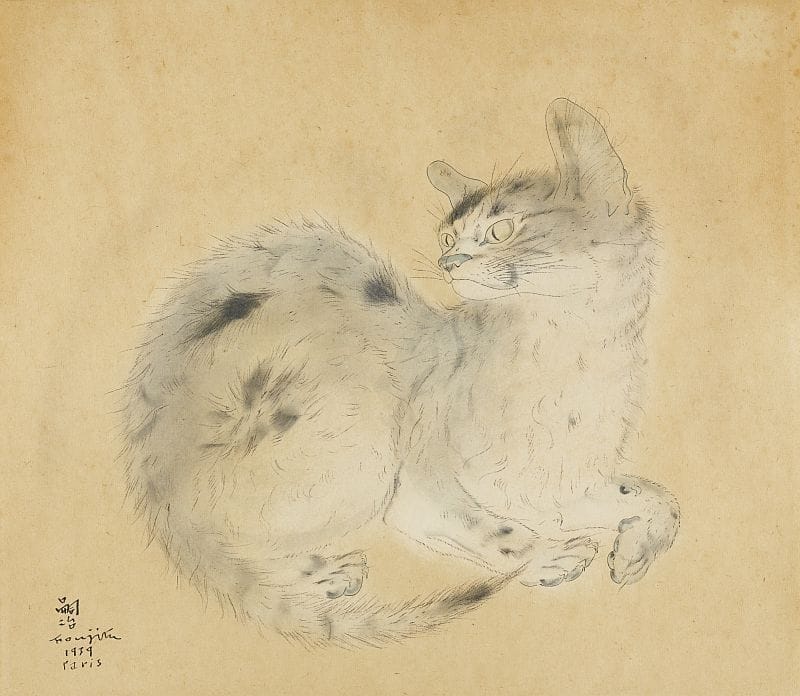
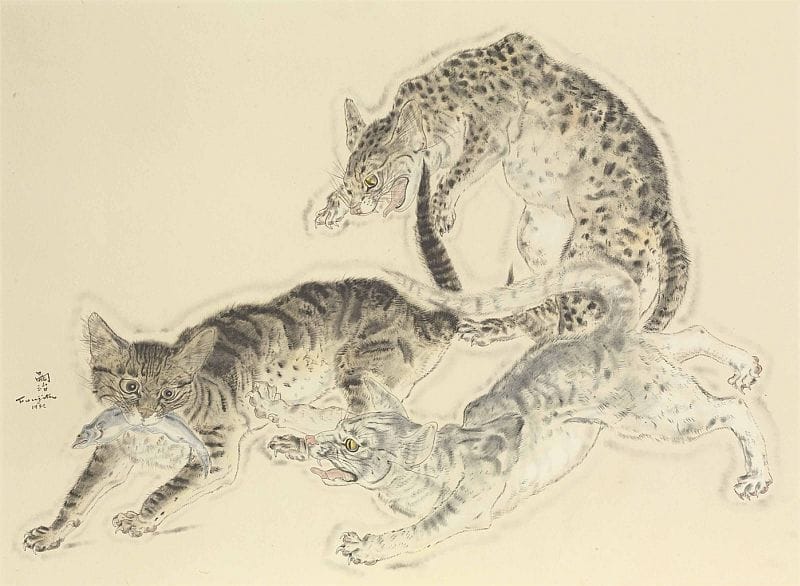
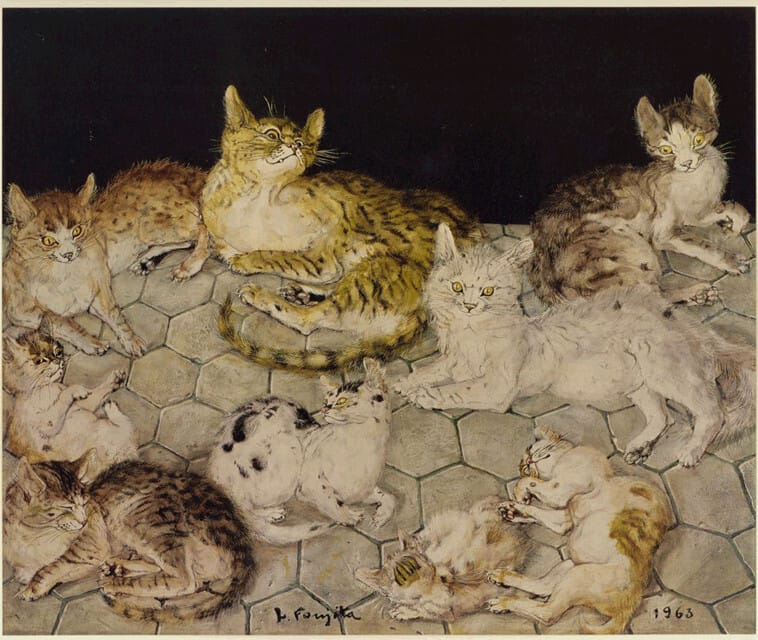
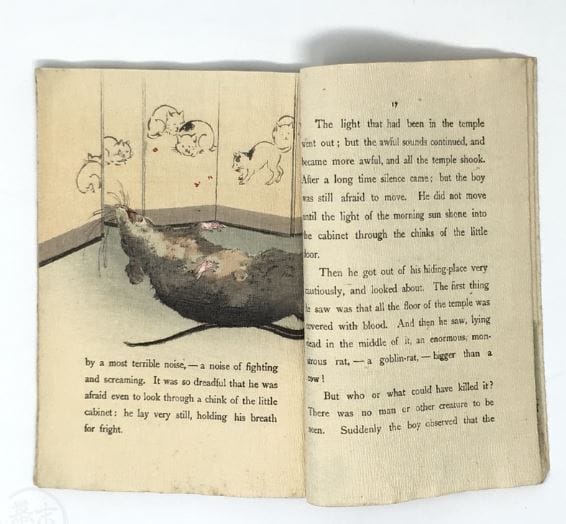
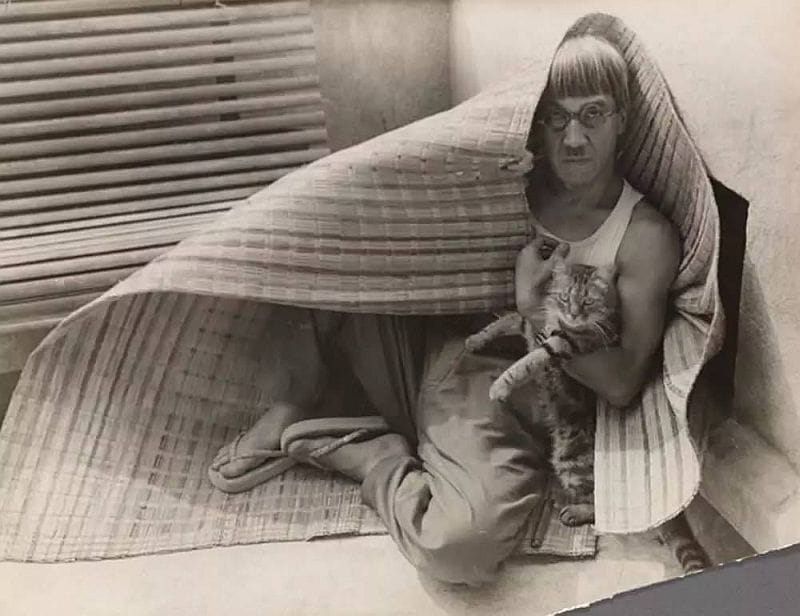
Reply